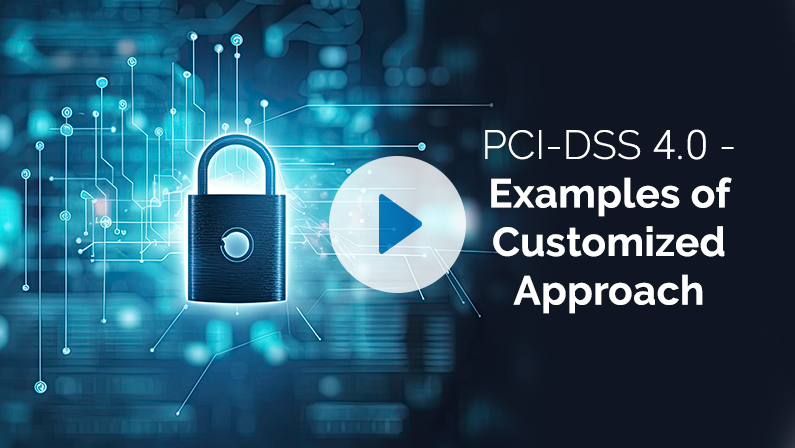1. Implementing Custom Controls
Implementing custom control methods under the Customized Approach PCI-DSS 4.0 allows organizations to leverage innovative technologies and processes to meet the standard’s security objectives. Here are some examples of how organizations might design and implement their own controls:
Example 1: Advanced Encryption Techniques
Objective: Protect stored cardholder data.
Traditional Control: Encrypt stored cardholder data using industry-standard encryption methods.
Custom Control Method: Implement format-preserving encryption or homomorphic encryption techniques that allow for data analytics and processing while the data remains encrypted, exceeding the baseline security objective by not only encrypting data but also enabling secure data usage without decryption.
Example 2: Behavioral Biometrics for Authentication
Objective: Authenticate access to the cardholder data environment.
Traditional Control: Use multi-factor authentication (MFA) for all access to the cardholder data environment.
Custom Control Method: Employ behavioral biometrics, such as keystroke dynamics or mouse movements, as part of the authentication process. This method could provide a more seamless user experience and potentially offer more robust security by analyzing patterns that are difficult to replicate or steal, compared to traditional tokens or passwords.
Example 3: AI and Machine Learning for Fraud Detection
Objective: Monitor and test networks to promptly detect and report on failures of critical security control systems.
Traditional Control: Implement intrusion detection systems and regular testing procedures.
Custom Control Method: Use artificial intelligence (AI) and machine learning algorithms to analyze network traffic in real-time, predicting and detecting anomalies that could indicate a breach or fraud attempt. This approach can potentially identify threats more quickly and accurately than traditional methods.





